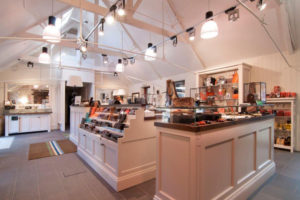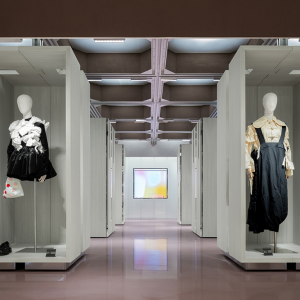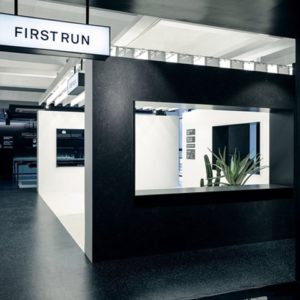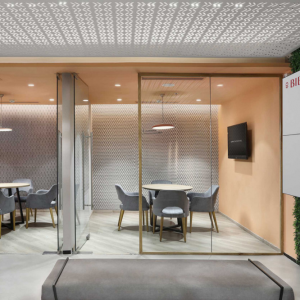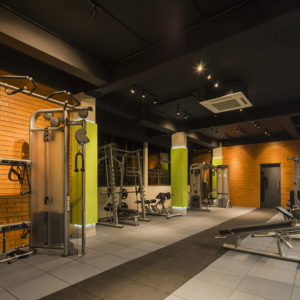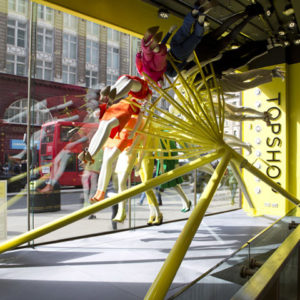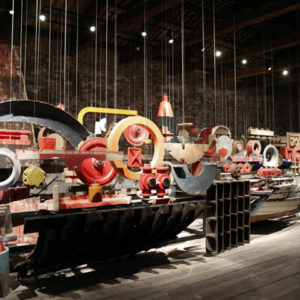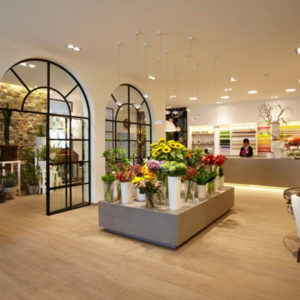
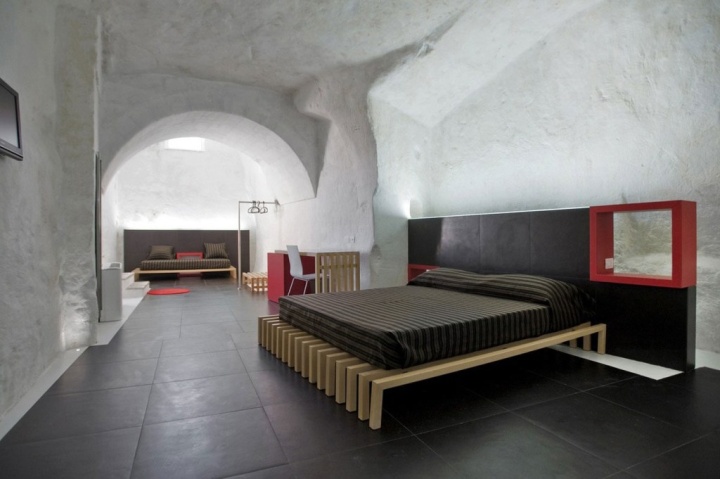

The context of the intervention is a piece of the old city, a network of primary homes, and an underground rock on the edge of the deep gorge carved by the river in the foothills of the Gravina Caveoso, a complex and archaic morphology where everything is generated by the counterpoint between the work of Nature and the work of Man.
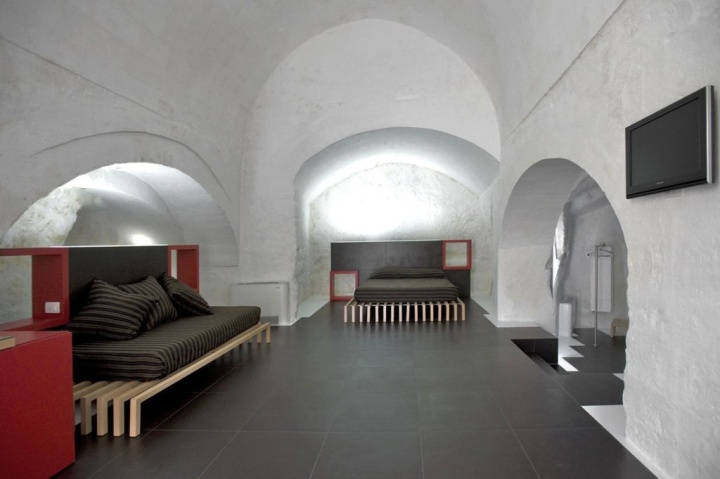
In this place where the history of Man and Nature always has been handed down through the innate aptitude for sustainability and where today the community has decided to commemorate it, retelling it through a Demoethnoanthropological Museum, stands the Basilian hotel.
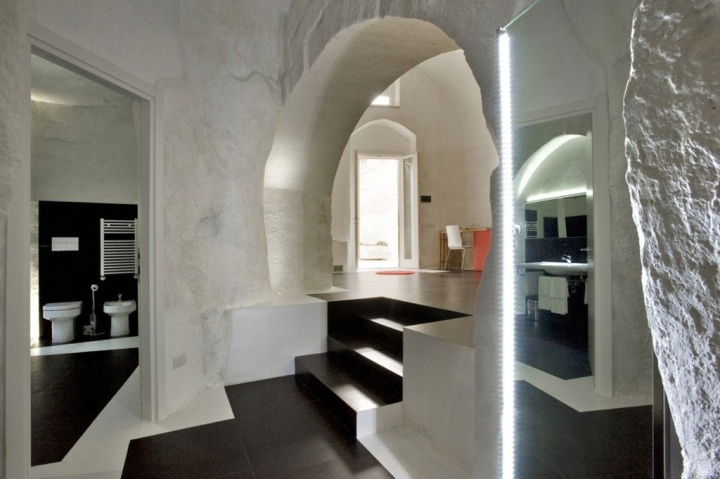
The structure, designed not only to welcome the future museum visitors, but also to offer everyone how to live a unique experience, a World Heritage Site, consists essentially of three different levels, supporting the original architectural structure placed in the urban fabric of neighborhoods in the heart of the extensive area reserved for the ambitious project of the DEA Museum.
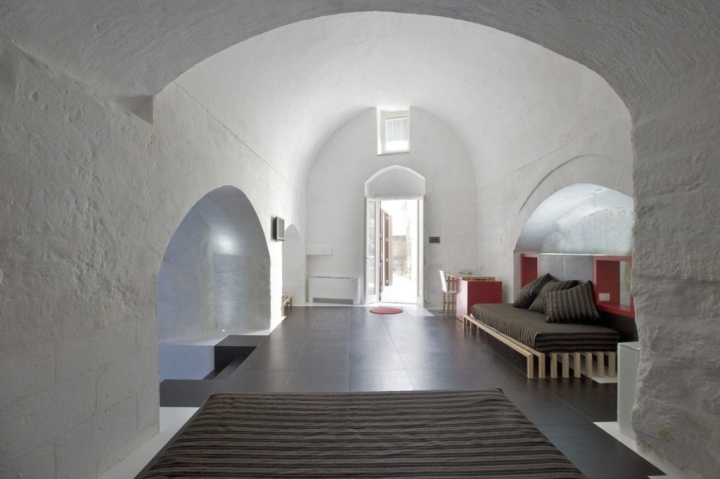
It’s a set of building types and forms of building one of the most archaic of stones, excavated from the cave, closed on the outside by a simple wall or extended outward with extensions in tuff. Next to the rigor of the standards for the conservation and recovery of the Sassi of Matera, in the entire operation coexists research, though rigorous, of a native and essential language, lacking the error of the vernacular.
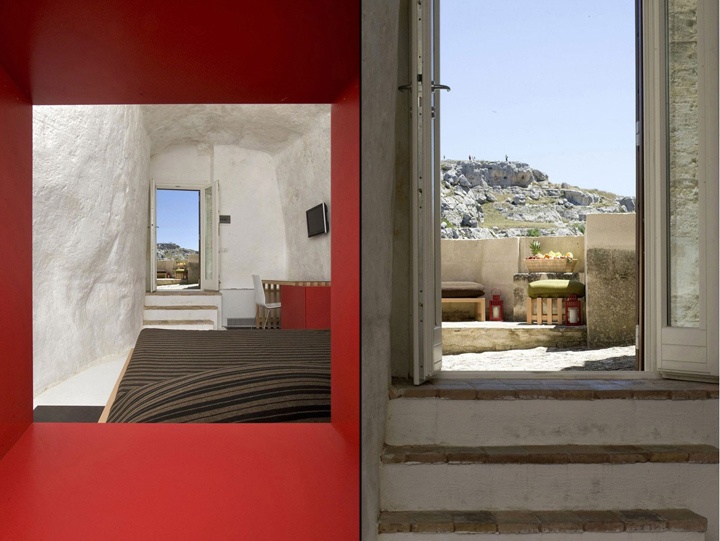
The project stems from the need to reinterpret the loneliness and emptiness of these metaphysical environments, and still retains the spirituality of the Gospel of Pier Paolo Pasolini and the drama of forced displacement of the fifties. The restoration work has given rise to a new organism, where tradition and respect for the ancient integrate with the modern, in search of a new and authentic simplicity.
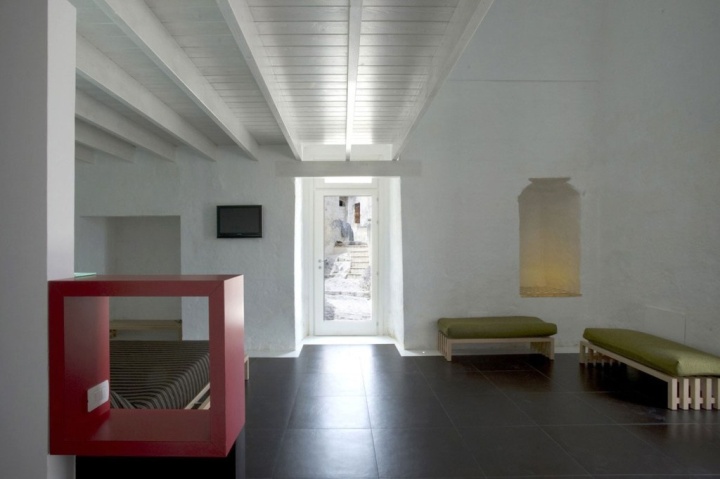
For the exterior limestone and terracotta craft for recovery, wooden shutters, shaped according to the schedule of the types of Manual recovery of the Stones, and dull in milk of lime for masonry walls and inside a few elements enough to play again the ancient caves, which have always evoked the essence of minimalism.
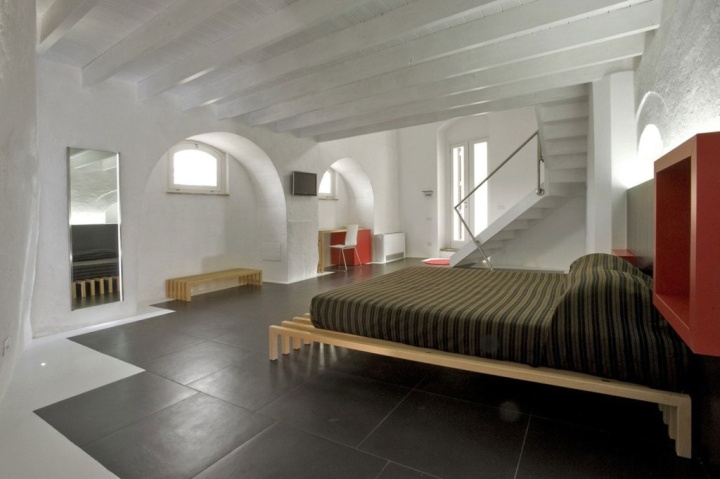
The white, simply wrapped around everything, walls and rocks of tuff, renewing the ancient custom of the inhabitants of the Sassi to paint the houses in a ritual feast of color, while the dark floor, in large squares, invades and guides every space, measurement and design of the environments.
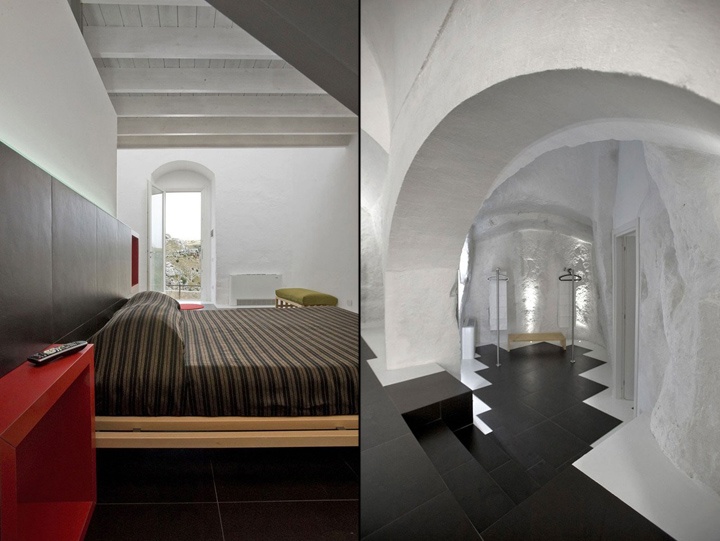
Chiaroscuro, transparency and matter, wherever highlighted by beams of light, come together to form ever-changing and renewed environments. The finishes and the essential geometry of the furnishings in the dining room and bar were made with particular sensitivity in the choice of simple materials and recyclable materials such as glass, steel and natural wood.
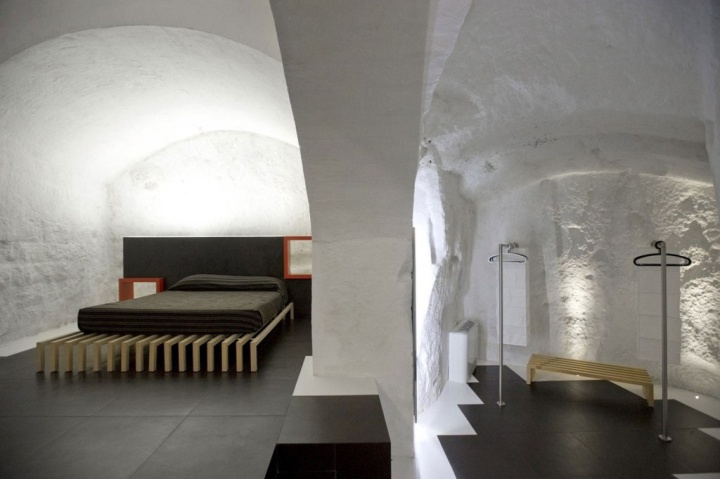
The same materials converse smoothly with the old structures of the twelve living cells, white laminated wood beams, planks and stairs, glass railings, stainless steel handrails make up the structure of the lofts, leaving the reading of the original type environments turn around.

Define the intervention of the Basilian hotel as a mere exercise in style is simplistic, the experience of this project summarizes a long process of study and research, that along with the testing of methods and techniques for restoration, architecture seeks new balance and forms of language essential.
Photos by: PierMario Ruggeri
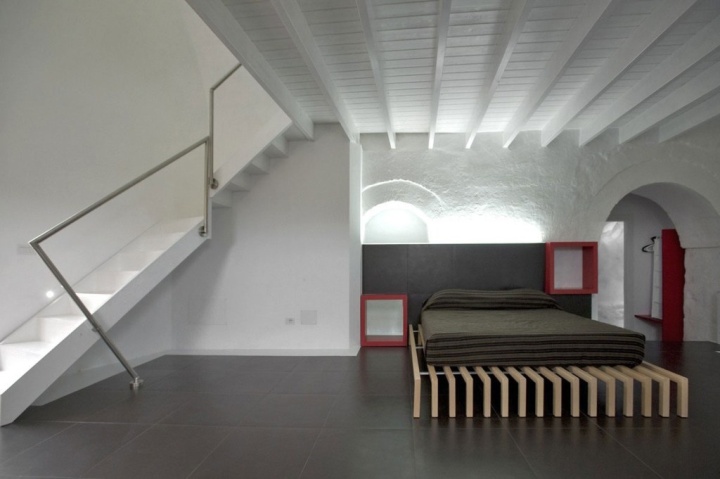
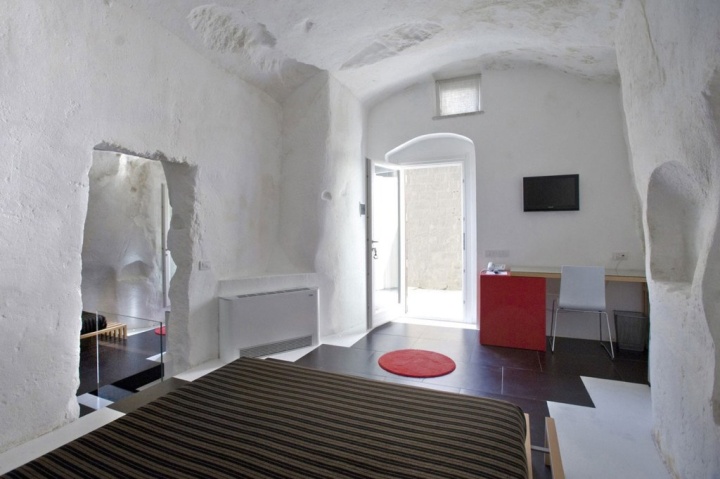
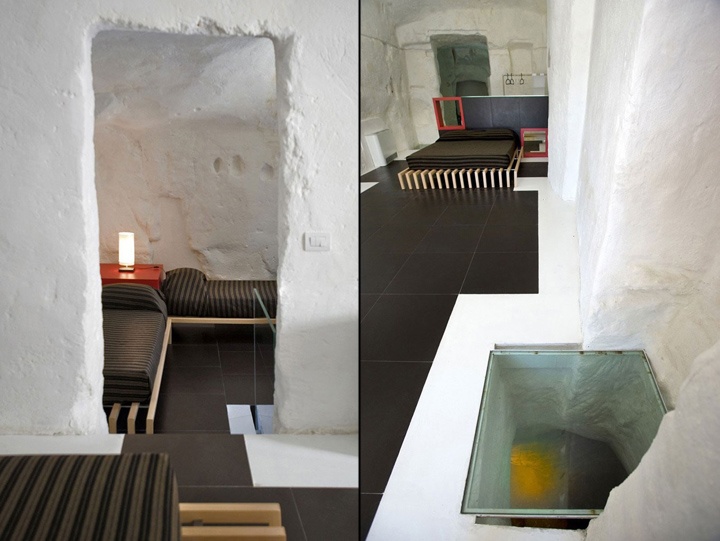
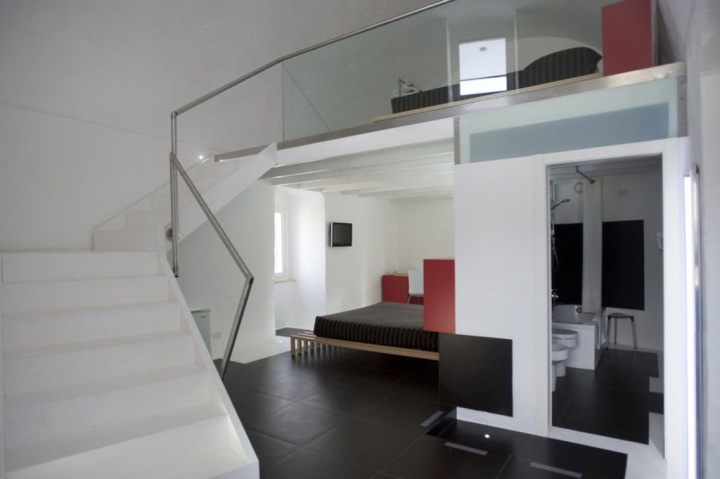
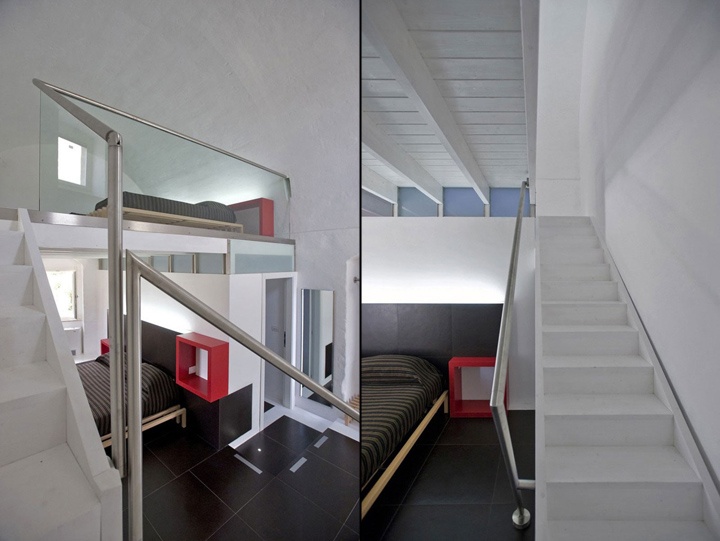
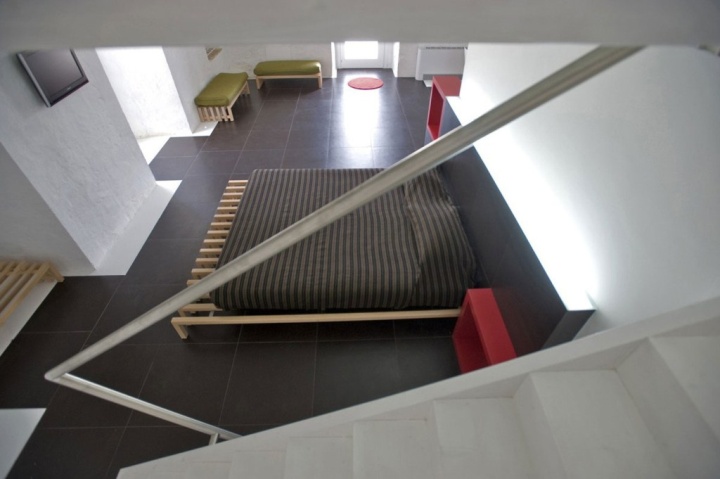
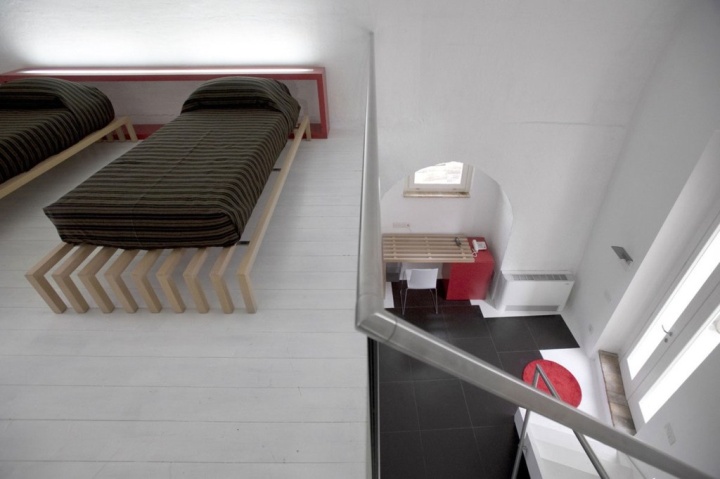
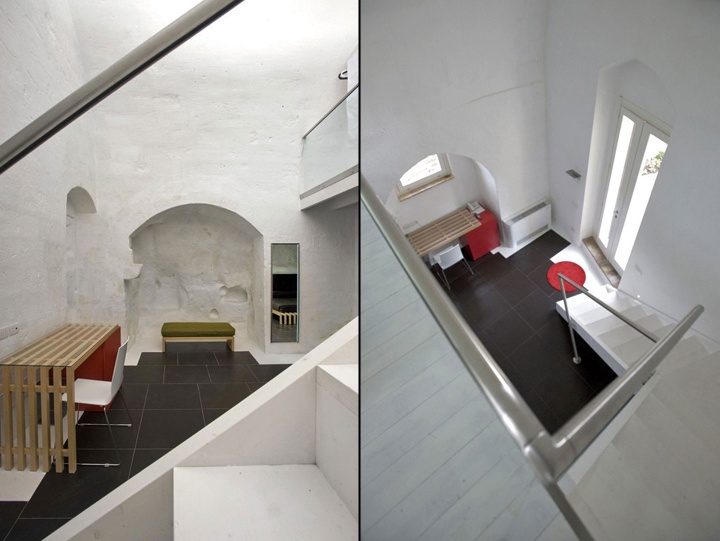
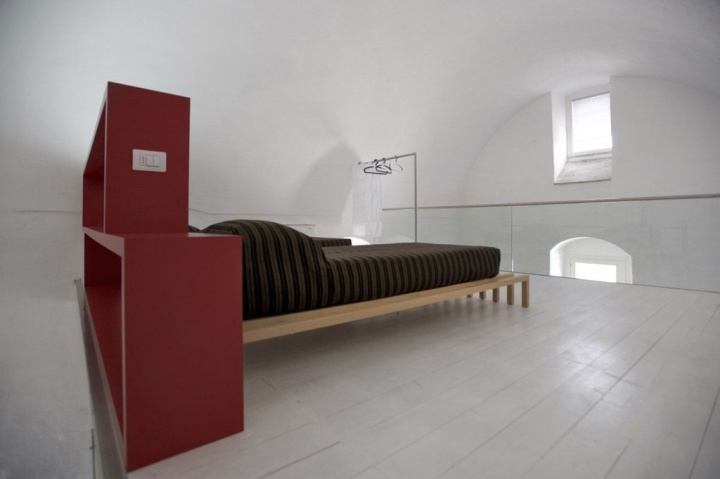
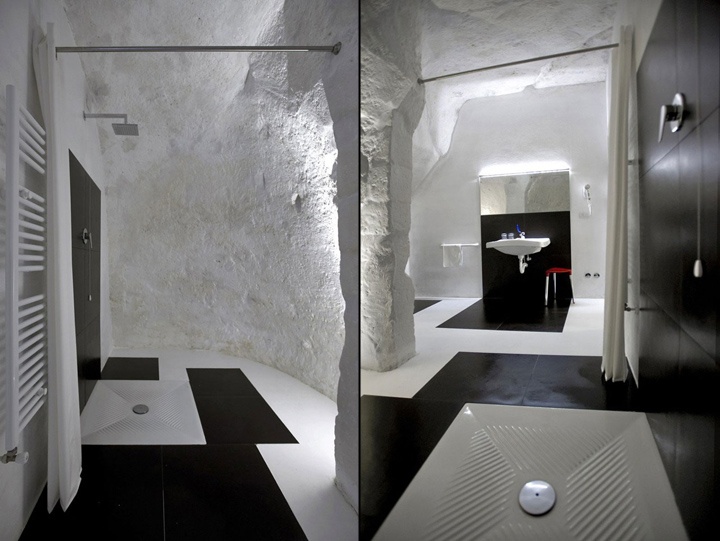
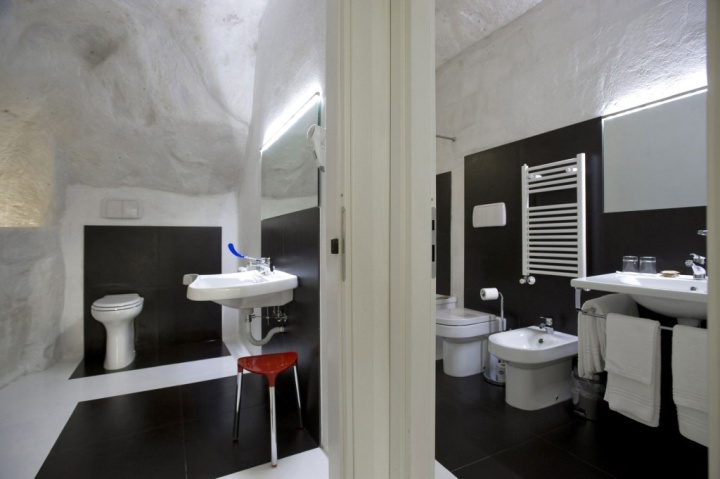
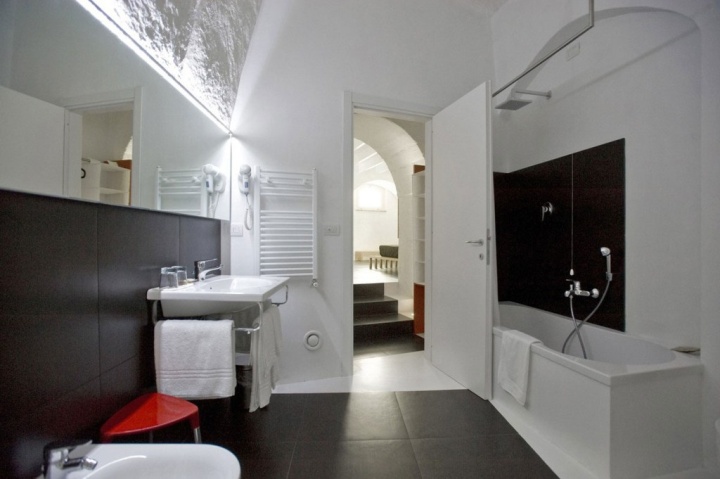
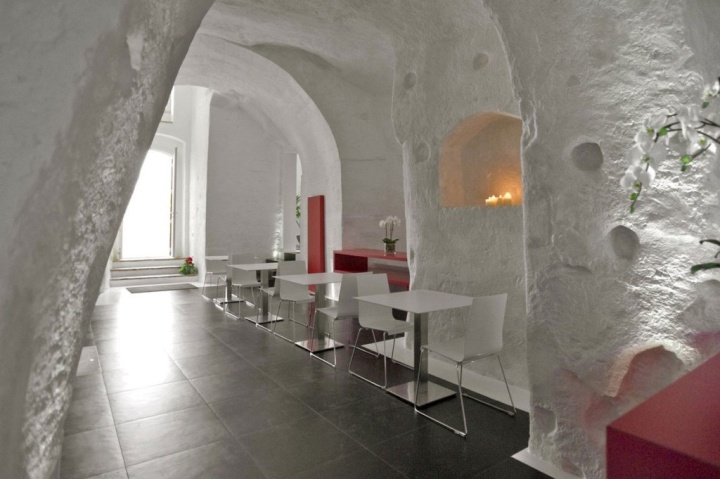
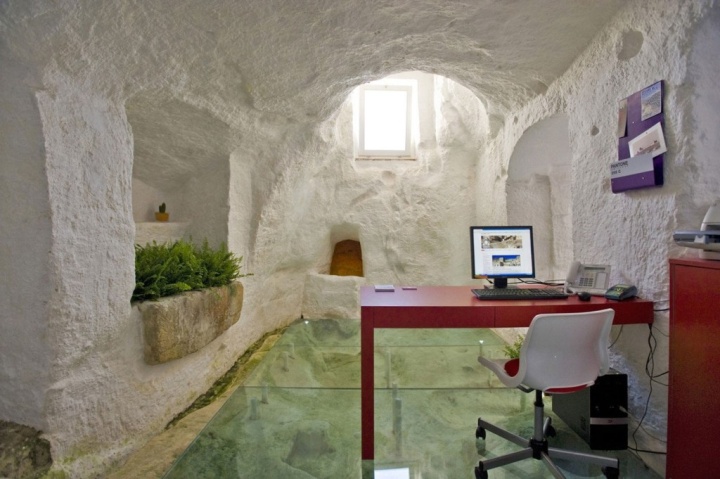
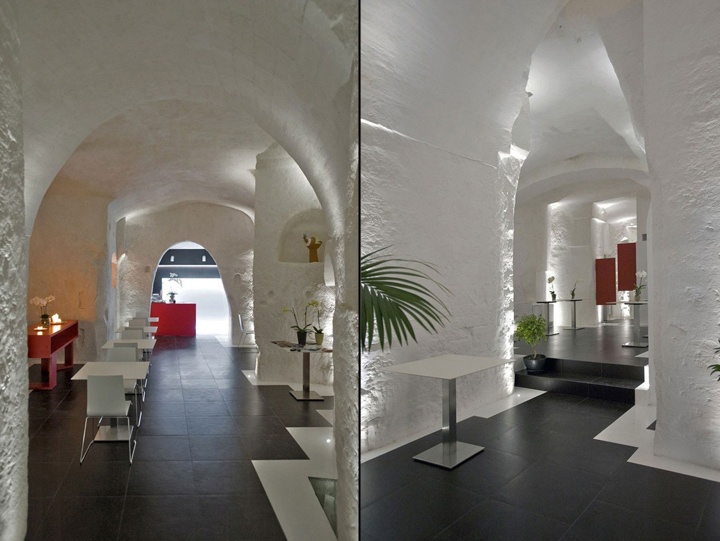
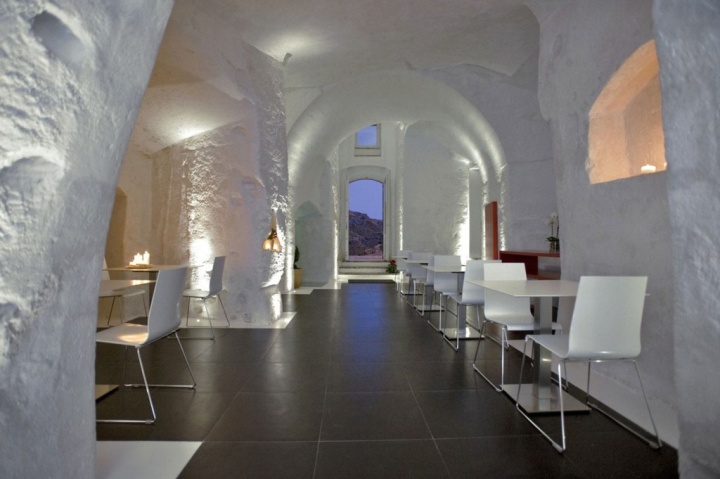
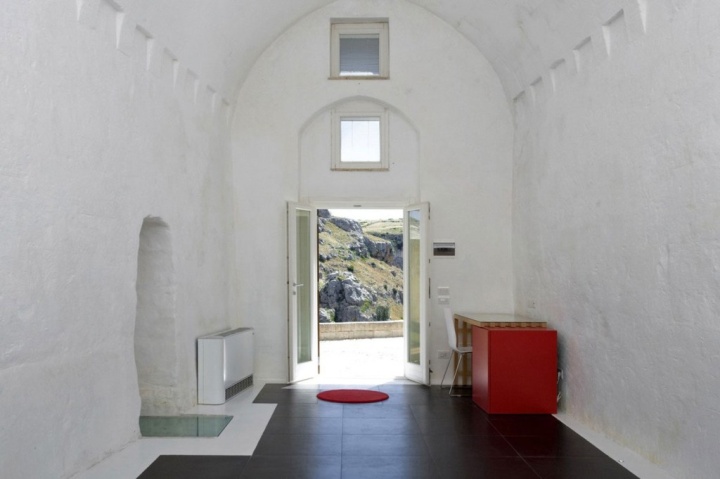
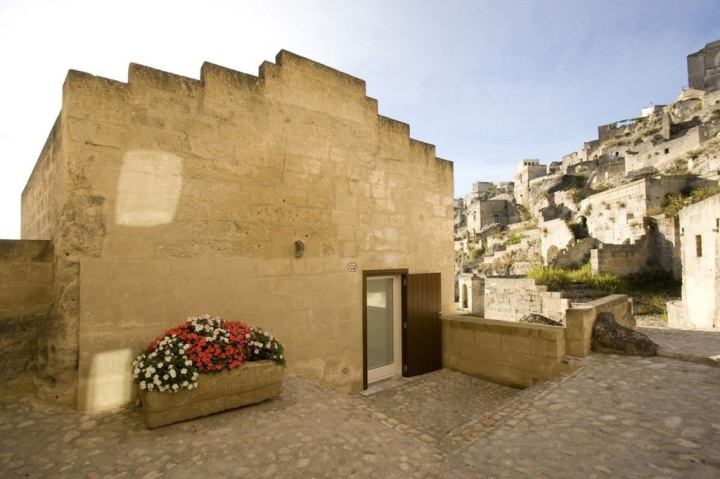
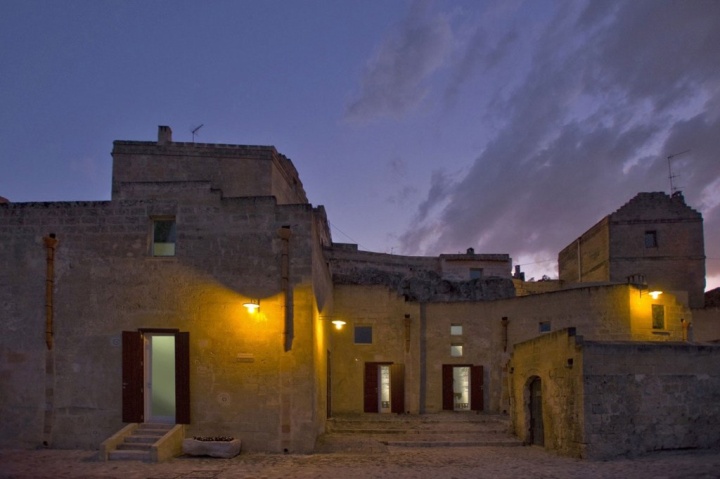
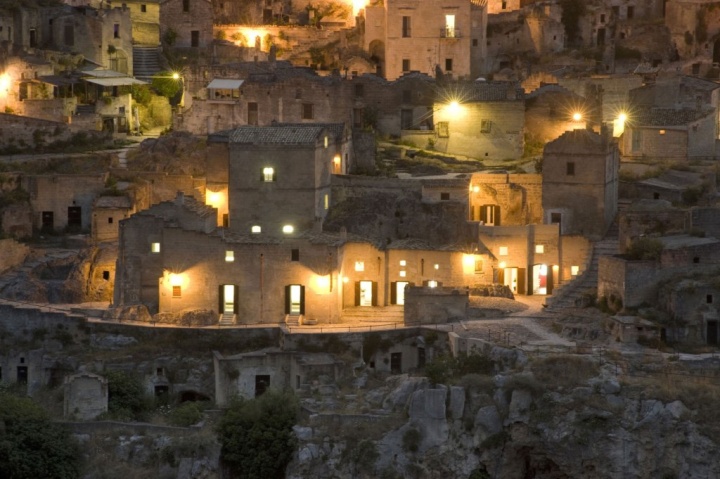

http://karmatrendz.wordpress.com/2013/07/01/hotel-basiliani-by-domenico-fiore/





























Add to collection

